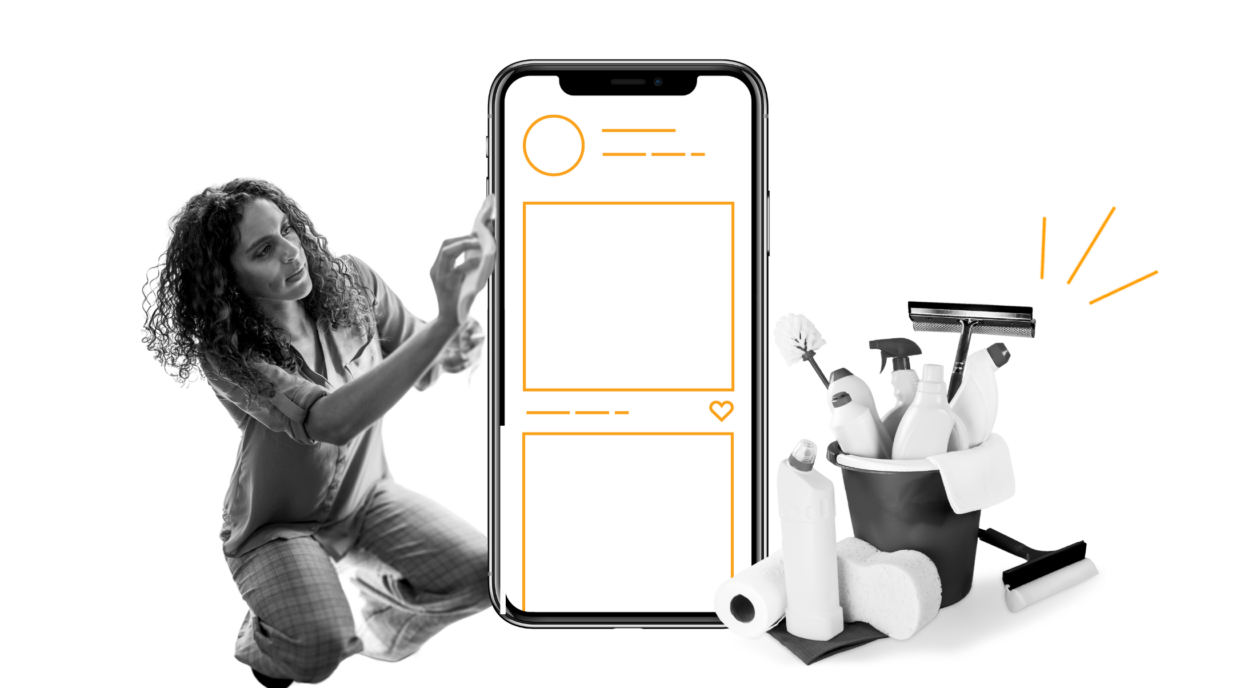Telling a compelling story: Communicating program impact in a grant proposal

It’s not uncommon for nonprofits to struggle with securing funding despite the strength of their programs. Often, the reason a foundation declines a grant has nothing to do with you. But if you want to stand out in a crowded applicant field, it’s essential to communicate your impact clearly and compellingly. (“Impact,” “results,” and “outcomes” all refer to evidence that your program is effective and will be used interchangeably here.)
But what do funders want to see, and how can you convey program impact in a compelling way?
Funders seek a return on investment
With so many applicants and limited funding to go around, foundations view a grant as an investment. With the mindset that proven impact should provide a solid return, funders focus on these questions:
- What are you trying to achieve?
- What are your strategies for making it happen?
- How are you measuring progress?
Answering these questions clearly and comprehensively goes a long way toward building a funder’s trust in your ability to advance social change.
A narrative that illustrates your nonprofit’s program impact
The logic model is a classic framework for illustrating a program’s impact. While only some grantmakers ask you to submit a logic model, virtually all expect the narrative of your proposal—the description of how the program works, its purpose, and its results—to include the same information as a logic model would. A proposal focused on program impact includes:
Need: What need does your program serve? For example, a food bank exists to address hunger in a community. You need to share data on how many people in the area experience food insecurity, the causes, and the long-term implications of hunger on their lives.
Inputs: What resources are required to operate your food bank? This would include, in addition to the food, the space in which it’s distributed, the people who do the work, and the funding to pay for it. These inputs are discussed in the project description and budget sections of your proposal.
Activities: Here you describe the daily work of the program. Share step-by-step details of how, when, and where the program operates and who is doing the work.
Outputs: Outputs are different from outcomes; they’re the immediate, direct products of your activities. If your food bank distributes food to 5,000 people annually, that’s your output. It conveys the size and scope of your program—but not its impact.
Outcomes: Here is where you describe your program’s impact. Put it in specific, measurable, time-bound terms to help funders see the difference you’re making: As a result of your program, 5,000 people have consumed nutritional food on a regular basis in the past year.
Testimonials for a compelling story about community impact
To demonstrate that you’ve made a measurable impact, you need to collect quantitative data on an ongoing basis: Have food insecurity rates in your community changed over time? But to convince funders, you’ll need not just numbers but also stories.
The narrative of your proposal should be a story with a linear plotline. It follows a logical progression, taking the reader on a journey, starting from a need statement through a project description to a positive impact on participants. Before submitting a proposal, have someone who doesn’t work in your field read it to make sure they can make sense of your story from beginning to end.
To make your program impact story compelling, you’ll also need qualitative evidence—individual stories, quotes, testimonials—to bring your quantitative data to life. Nonprofits typically survey clients already to assess internally whether a program is effective, but the resulting feedback is also helpful for external communications, including proposals. Testimonials from people who were positively affected by the program illuminates your impact in a much more vivid, emotionally powerful way.
One or two metrics in clear, simple language
It’s tempting to include as much material as possible in hopes of making a stronger case, but it’s best to keep it simple. One or two metrics that explicitly demonstrate your program impact are worth more than a dozen semi-relevant ones. Food insecurity rates for your city are helpful, but national or global rates aren’t and might distract from your point. Health or poverty issues directly related to hunger could be useful, but including tangential issues will be counterproductive.
In addition to including only the most relevant metrics, keep your language simple. Avoid jargon and buzzwords to ensure that the difference you’re making can be immediately understood, including by those outside your field. Again, having a non-expert read your proposal can help.
Learn more
Clear, simple storytelling–corroborated by both quantitative and qualitative evidence–that takes the reader on a journey from need to outcomes provides funders a clear idea of your program impact. You can learn the basics of creating logic models for your programs in Candid’s Introduction to Measuring Your Impact course.
Photo credit: Ismael Paramo via Unsplash






